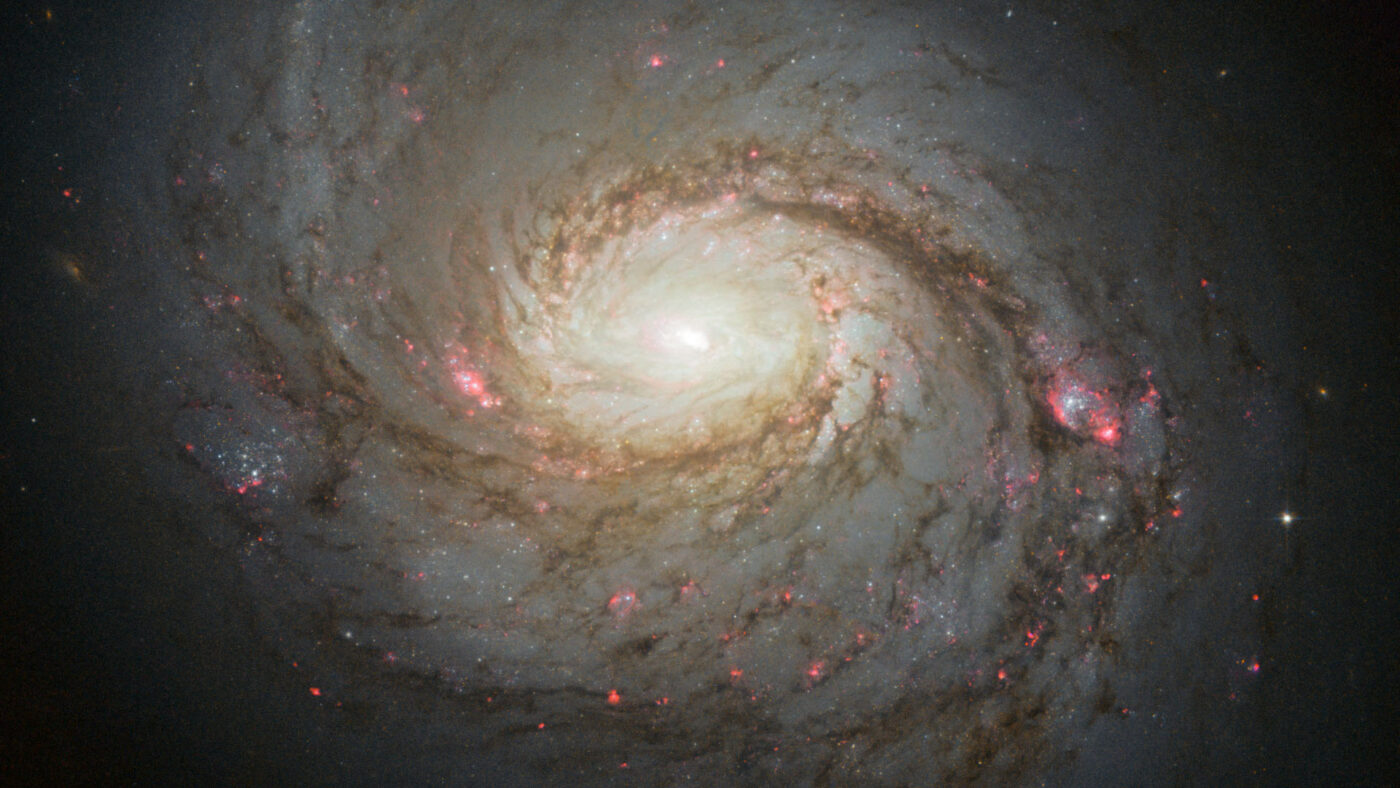For the first time, an international team of scientists has found evidence of high-energy astrophysical neutrino emission from NGC 1068, an active galaxy in the constellation Cetus.
The detection was made by the National Science Foundation-supported IceCube Neutrino Observatory, a massive neutrino telescope encompassing 1 billion tons of instrumented ice at depths of 1.5-2.5 kilometers below Antarctica’s surface at the South Pole.
Also known as Messier 77, NGC 1068 is one of the most familiar and well-studied galaxies to date. Located 47 million light-years away, this galaxy can be observed with large binoculars. These new results, to be published tomorrow (Nov. 4, 2022) in Science, were shared in an online scientific webinar held today at the Wisconsin Institute for Discovery.
Read the full press release here.
+ info “Evidence for neutrino emission from the nearby active galaxy NGC 1068,” The IceCube Collaboration: R. Abbasi et al., Science 378, 6619 (2022), DOI:10.1126/science.abg3395

